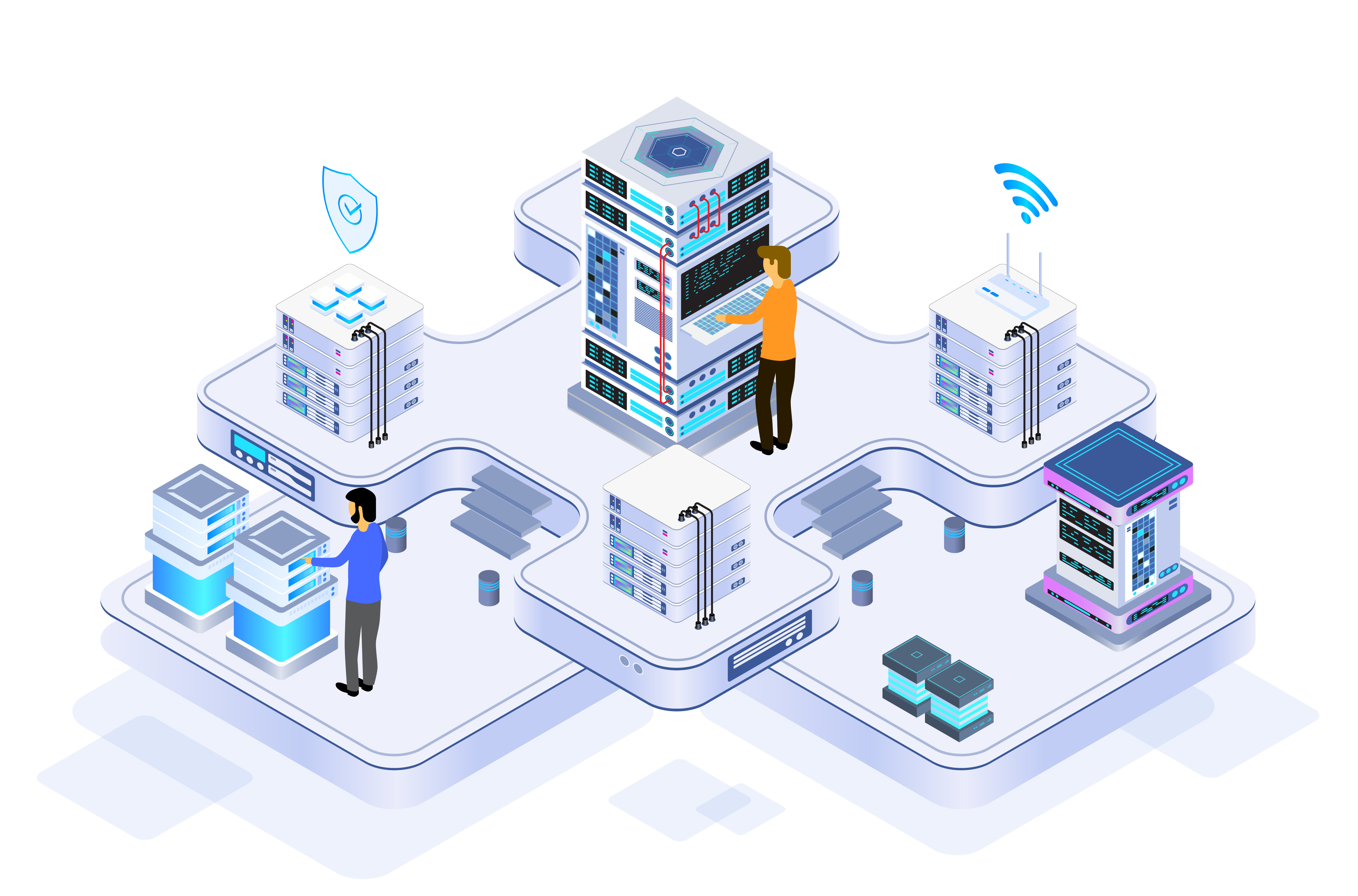
System Infrastructure
System Infrastructure

Redkite Network provides System Infrastructure services to a client, it is essentially offering a range of technical services and support to help the client manage their computing needs. These services typically include hardware and software resources, networking and communications infrastructure, data storage and backup solutions, and support and maintenance services.
Redkite Network providing System Infrastructure services can help its clients to optimize their computing resources, improve their operational efficiency, and reduce costs associated with managing and maintaining their own infrastructure. It also allows the client to focus on their core business operations, while leaving the technical details to the IT service provider.
Some of the key IT Infrastructure services that Redkite offer to its clients include:
Design and implementation of IT infrastructure: This includes the planning and deployment of hardware and software resources to meet the client's specific needs, taking into account factors such as scalability, reliability, and security.
Network infrastructure services: This includes the design, deployment, and management of networking and communications infrastructure such as routers, switches, firewalls, and VPNs.
Data storage and backup services: This includes the management and maintenance of data storage systems, as well as the implementation of backup and disaster recovery solutions to ensure business continuity in the event of data loss or system failure.
Cloud infrastructure services: This includes the management and deployment of cloud-based resources, such as Infrastructure as a Service (IaaS), Platform as a Service (PaaS), and Software as a Service (SaaS).
Support and maintenance services: This includes ongoing technical support and maintenance for the client's IT infrastructure, including troubleshooting, software updates, and hardware repairs.
